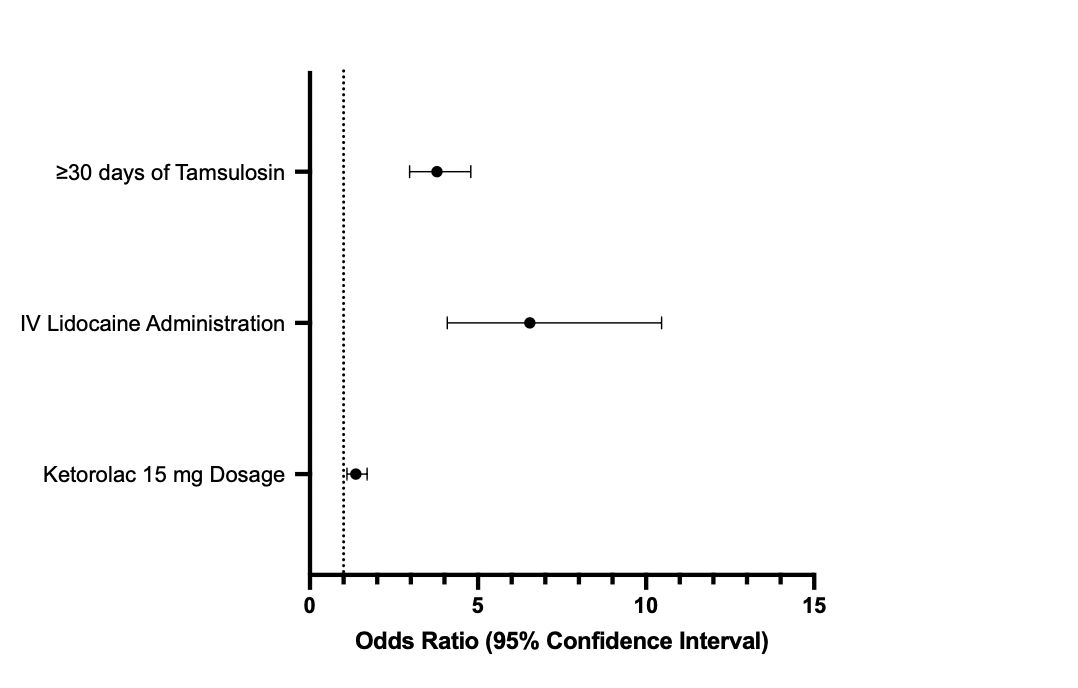Back to 2025 Abstracts
A Novel Electronic Health Record-Integrated Clinical Pathway for Nephrolithiasis: Development and Management Outcomes
Shayan Smani, BS, Soum D. Lokeshwar, MD MBA, Ankur U. Choksi, MD, Daniel Heacock, PA, Naga S. Kanaparthy, MD MPH, Devin M. Shaheen, NP, Meir Dashevsky, MD, Thomas Martin, MD, Dinesh Singh, MD, Piruz Motamedinia, MD, Rohit Sangal, MD MBA.
Yale University School of Medicine, New Haven, CT, USA.
BACKGROUND: Acute renal colic from nephrolithiasis (kidney stones) is a common condition in emergency departments (EDs), with variation in clinical management, leading to unnecessary opioid use, inadequate discharge planning, and high rates of repeat visits. To address these challenges, we developed and implemented an electronic health record (EHR)-integrated clinical pathway to guide standardized nephrolithiasis management. We aimed to enhance pain control, streamline discharge practices, and optimize overall ED patient care. This study evaluates the impact of this pathway on important process measures in managing nephrolithiasis.
METHODS: This retrospective cohort study across 9 EDs in a large Northeast Health System included patients presenting with renal colic or symptomatic ureteral stones between January 1, 2023, and December 31, 2023, identified through ICD-10 codes. Key outcomes analyzed included utilization of opioid alternatives (e.g. lower-dose ketorolac and IV lidocaine administration), 28-day tamsulosin prescription at discharge for ureteral stones, and time to follow-up with a urology provider. Statistical analysis included two-tailed Mann-Whitney U tests, Pearson chi-squared tests, and multivariable logistic regression models.
RESULTS: Of 5,733 patients, 585 (10.2%) were managed through the EHR-integrated nephrolithiasis pathway, while 5,148 received standard care. Pathway use increased administration of the recommended ketorolac dose (33.2% vs. 26.8%, p=0.006), intravenous lidocaine use (5.6% vs. 0.8%, p<0.001), and 28-day tamsulosin prescriptions (22.7% vs. 6.8%, p<0.001). Multivariate analysis identified pathway utilization as a significant predictor for each intervention (ketorolac 15 mg dose: OR 1.37, 95% CI 1.10-1.71, p = 0.004; IV lidocaine: OR 6.54, 95% CI 4.09-10.46, p < 0.001; tamsulosin: OR 3.78, 95% CI 2.97-4.79, p < 0.001).
CONCLUSIONS: The EHR-integrated nephrolithiasis pathway effectively promoted evidence-based pain management promoting non-opioid pain control, and appropriate medical expulsive therapy.

Back to 2025 Abstracts
